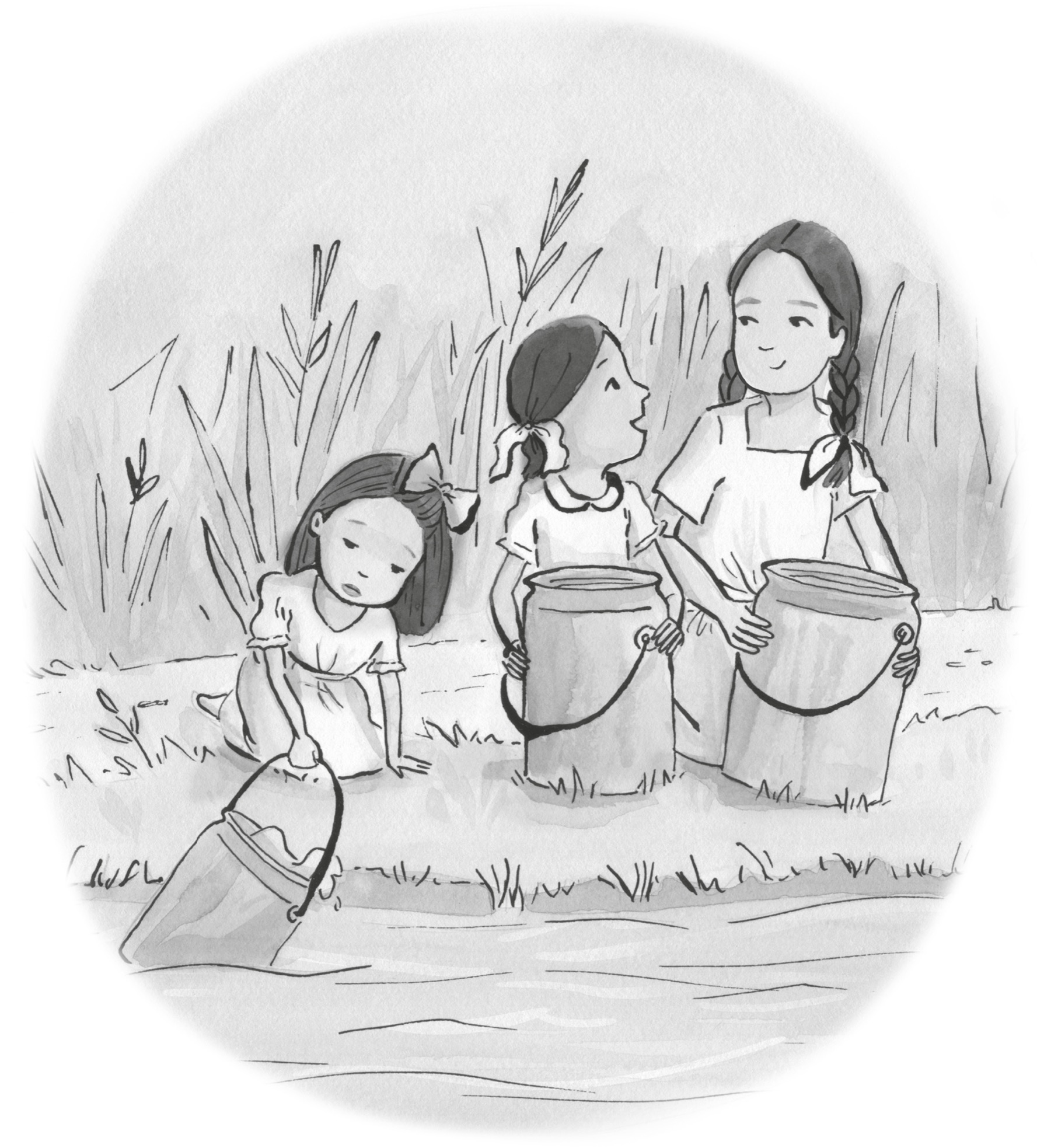Philomel Books
An imprint of Penguin Random House LLC, New York
First published in the United States of America by Philomel Books,
an imprint of Penguin Random House LLC, 2022
Text copyright 2022 by Chelsea Clinton.
Illustrations copyright 2022 by Alexandra Boiger
Penguin supports copyright. Copyright fuels creativity, encourages diverse voices, promotes free speech, and creates a vibrant culture. Thank you for buying an authorized edition of this book and for complying with copyright laws by not reproducing, scanning, or distributing any part of it in any form without permission. You are supporting writers and allowing Penguin to continue to publish books for every reader.
Philomel Books is a registered trademark of Penguin Random House LLC.
Visit us online at penguinrandomhouse.com
Library of Congress Cataloging-in-Publication Data is available.
HC ISBN 9780593403037
PB ISBN 9780593403051
Ebook ISBN 9780593403044
Edited by Jill Santopolo and Talia Benamy.
Cover art 2022 by Alexandra Boiger
Design by Ellice M. Lee, adapted for ebook by Michelle Quintero.
The publisher does not have any control over and does not assume any responsibility for author or third-party websites or their content.
pid_prh_6.0_141032872_c0_r0
 To
To 
the Cherokee Nation
and Chief Mankillers family
She Persisted: MARIAN ANDERSON
She Persisted: VIRGINIA APGAR
She Persisted: NELLIE BLY
She Persisted: RUBY BRIDGES
She Persisted: CLAUDETTE COLVIN
She Persisted: ROSALIND FRANKLIN
She Persisted: TEMPLE GRANDIN
She Persisted: FLORENCE GRIFFITH JOYNER
She Persisted: HELEN KELLER
She Persisted: CORETTA SCOTT KING
She Persisted: CLARA LEMLICH
She Persisted: MAYA LIN
She Persisted: WANGARI MAATHAI
She Persisted: WILMA MANKILLER
She Persisted: PATSY MINK
She Persisted: SALLY RIDE
She Persisted: MARGARET CHASE SMITH
She Persisted: SONIA SOTOMAYOR
She Persisted: MARIA TALLCHIEF
She Persisted: DIANA TAURASI
She Persisted: HARRIET TUBMAN
She Persisted: OPRAH WINFREY
She Persisted: MALALA YOUSAFZAI
TABLE OF CONTENTS
chapter 1
A Girl Called Pearl
Wilma Pearl Mankiller led the Cherokee Nation as its first female chief. But before she visited with US presidents and met with world leaders, she was known by family and friends as a girl called Pearl.
Pearl arrived in late autumn on November 18, 1945. Born at the old Hastings Hospital in Tahlequah, Oklahoma, she already had five siblings waiting at home for her. Her father, Charley, was a Cherokee Nation citizen living in the nearby Rocky Mountain community. Irene, her mother, was a white woman whose family had moved to the area. Her parents grew up around each other and married young. When Pearl was three, Charley built a four-room wood home for the family on land owned by his father.
Traditionally, Cherokee individuals did not own land on the tribes reservation. The Cherokee Nation, meaning all the people in the tribe, shared the land together. Families owned their homes, gardens and crops, but not the land itself. But the US government did not want the Cherokee people to continue living together and sharing land this way. So the US Congress passed a law to divide up the tribes reservation. Each Cherokee person received land. That is how Pearls grandfather received the land where his family lived.
But originally, all Cherokee people lived on the tribes lands in the Southeast, not on the reservation within what would later become northeastern Oklahoma.
In 1838, the US government rounded up Cherokee people like Pearls ancestors at gun-point to force them to move west. They couldnt pack up their homes or bring their animals. Over four thousand Cherokee young and olddied during the roundup before the forced march and also along the way. That means one-fourth of the tribes population died. Lots of children became orphans. Many Native Nations also suffered similar removals from their own homelands and a horrific loss of lives.
Pearl learned some of this difficult history while growing up on Mankiller Flats. This is what people called the land that her grandfather and others in his family had been assigned to live on.
Just like her ancestors, Pearls life wasnt always easy while she was growing up. The tiny tin-roofed house her father built had no running water or electricity. That meant no flushing toilet, no sink with running water, and no television to watch. This was normal for homes in that area in the 1940s and 1950s.
Many Cherokee people at that time found it hard to find regular work. The rocky soil was not good for farming. Pearls dad and oldest brother went all the way to southeastern Colorado each summer to work, harvesting crops to earn money.
Everyone had chores to do at home, from chopping wood to hauling water. Pearl and her sisters hauled water from a cold spring a quarter mile away to their house for cooking, cleaning clothes and baths. Pearl worked hard to get out of hauling water. She preferred to play in the woods instead.
The Mankiller home lacked many features that most people regularly use today. Their heat came from a wood-burning stove, which was where they made their meals too. Cutting and hauling wood for the stove was critical. Instead of electricity, they used coal-oil lamps after sunset to see each other and read books.
And Pearl and her family wore hand-me-down clothes or shirts and pants their mother made from large flour sacks. They didnt have a washing machine or a dryer, so they cleaned their clothing outside in a tub and hung it up to dry. Before winter, each child would get a coat and a pair of leather shoes.
But nothing was unique about how the Mankiller family lived. Most of the Cherokee families around them lived just like they did. They also grew their own food as well as hunted, fished and gathered plants growing in the woods, just like their ancestors. Pearl always had enough to eat, even if her family did not have modern conveniences.
Outside of chores at home and attending school, the Mankiller family enjoyed visiting with other families at their homes and occasionally at church or at Cherokee ceremonial grounds. Often the Mankillers had guests at their house too. Many of the people spoke Cherokee, including Pearls father.
Storytelling and visiting were a big part of Pearls childhood. She and her siblings loved their fathers stories. Her house was always full of books, which fostered a love of reading in Pearl.

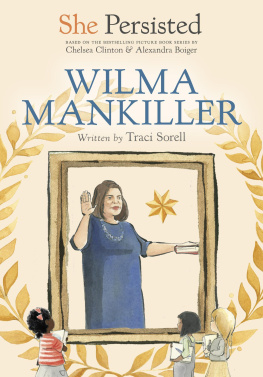
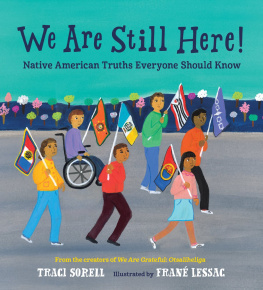
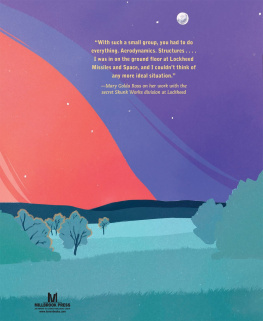

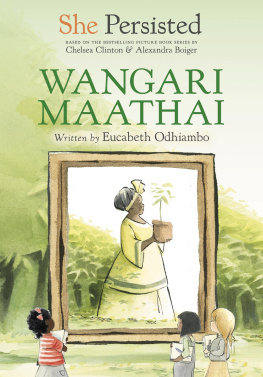
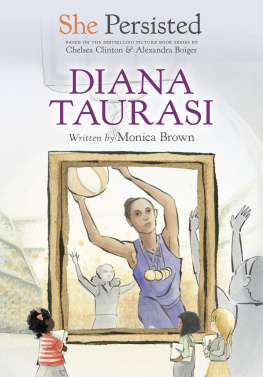
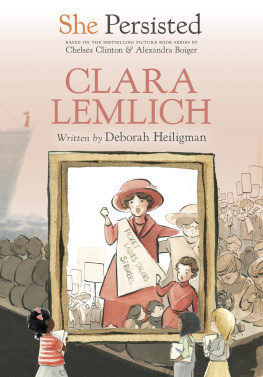
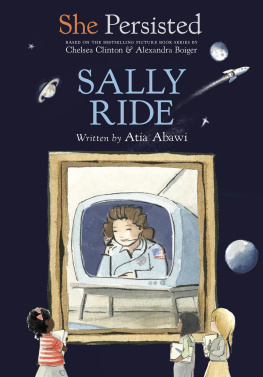
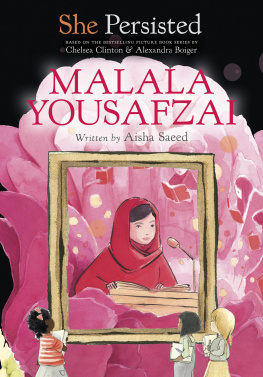
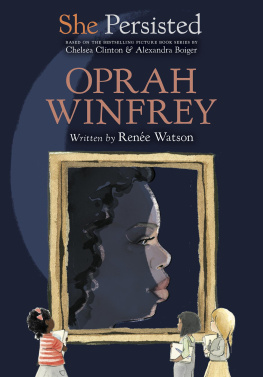
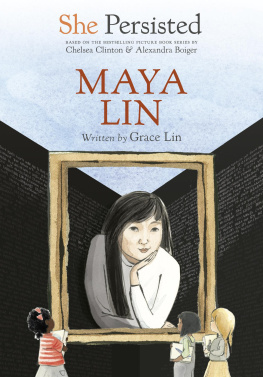
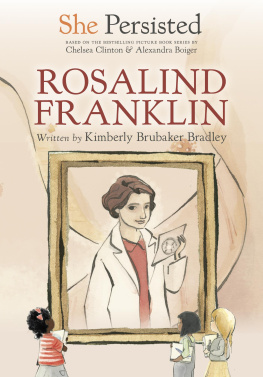


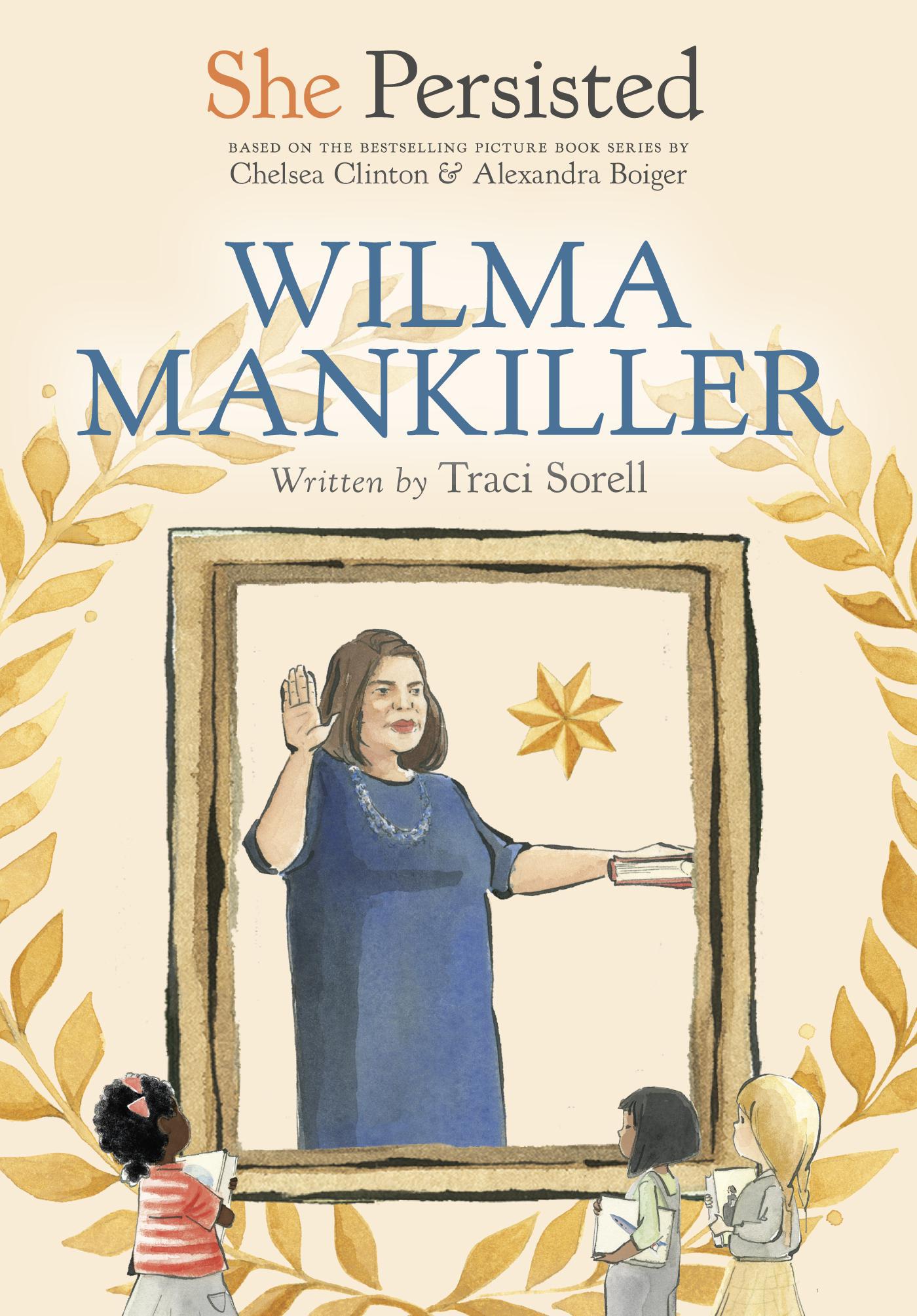


 To
To 

